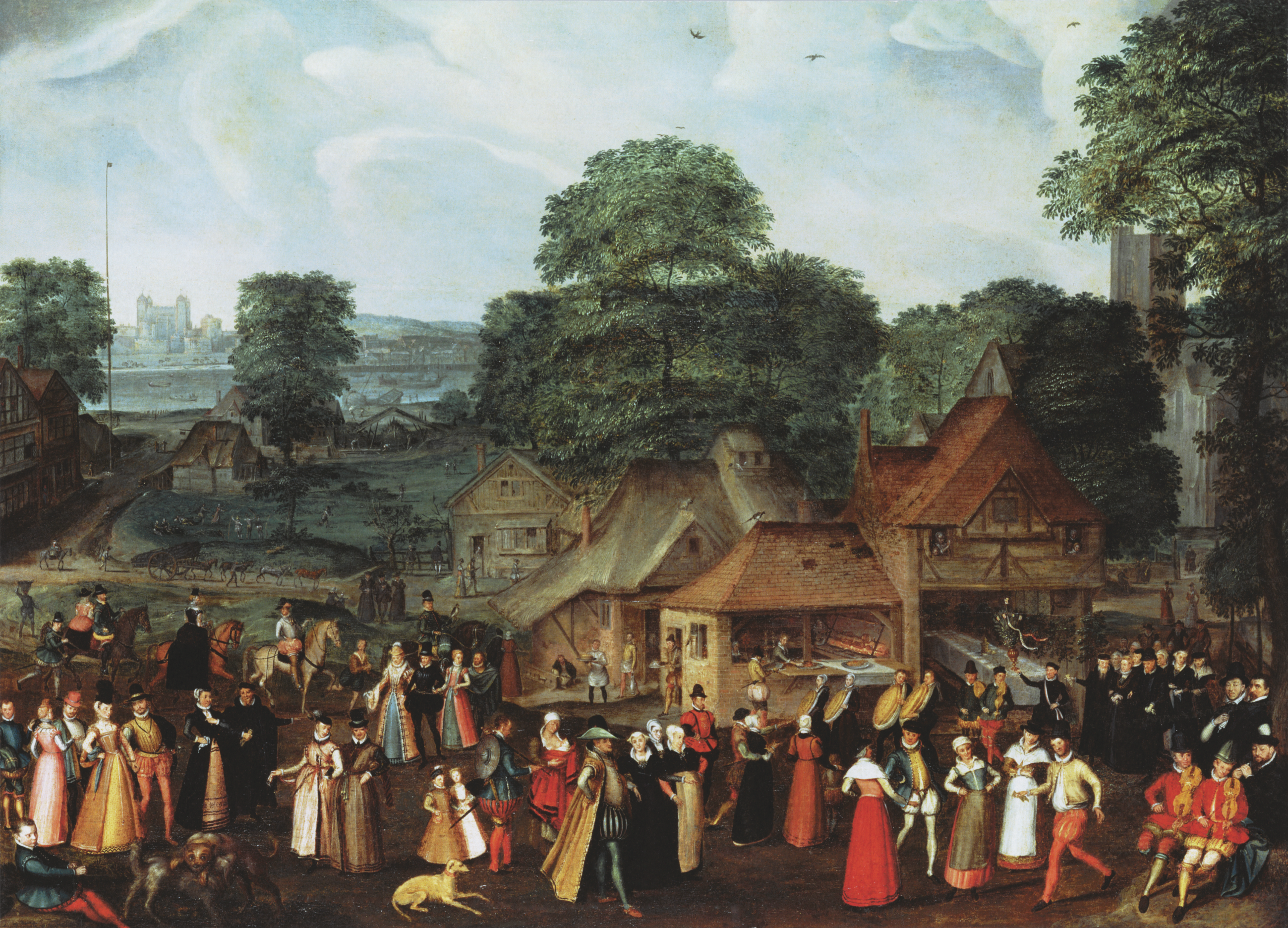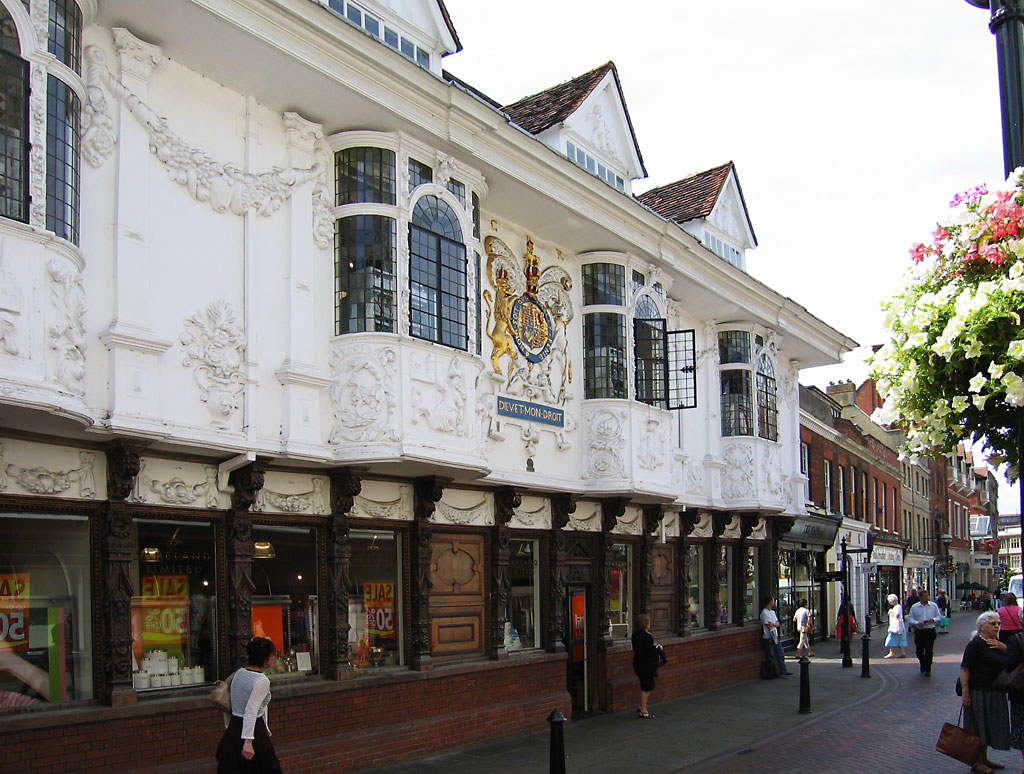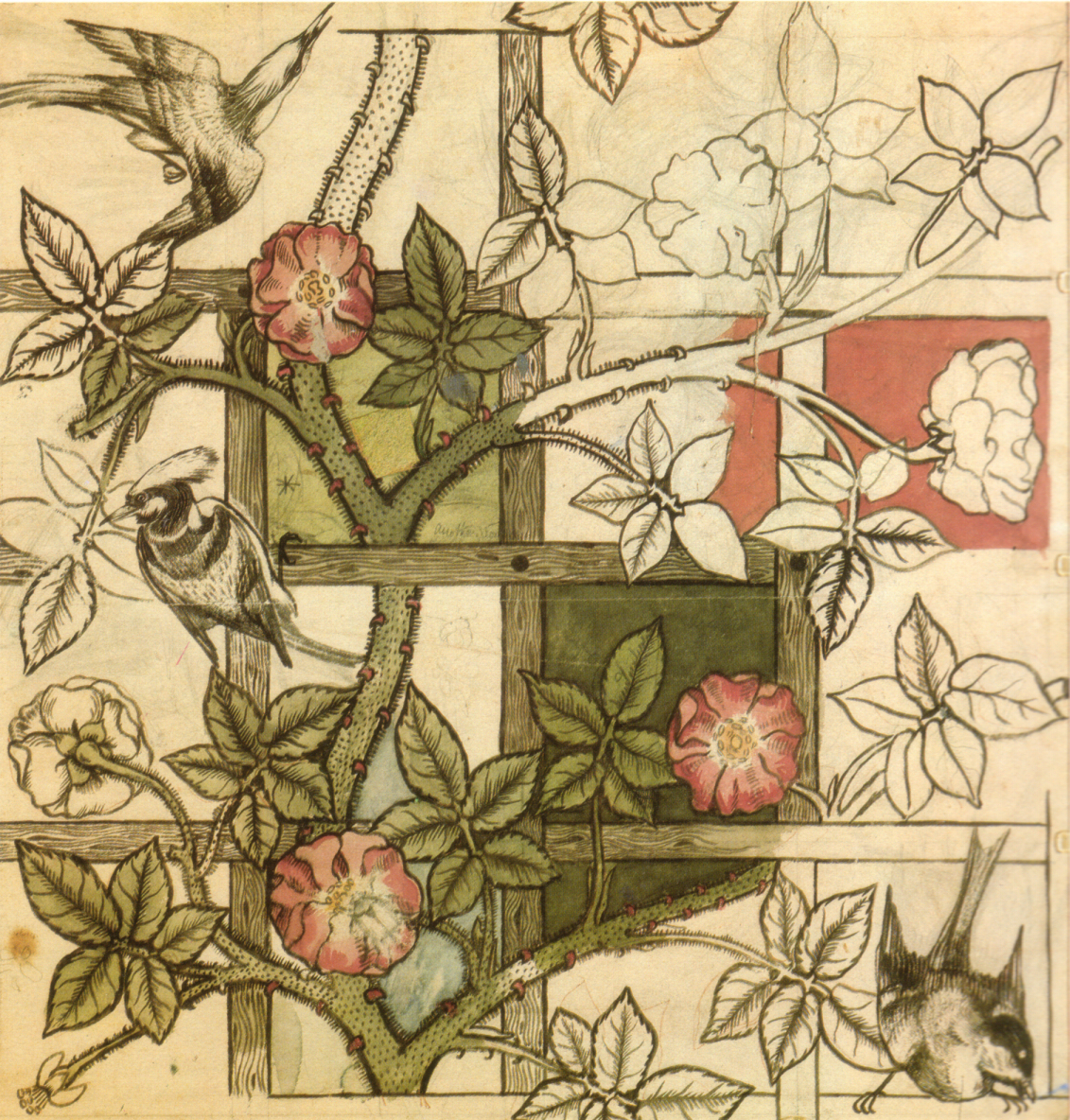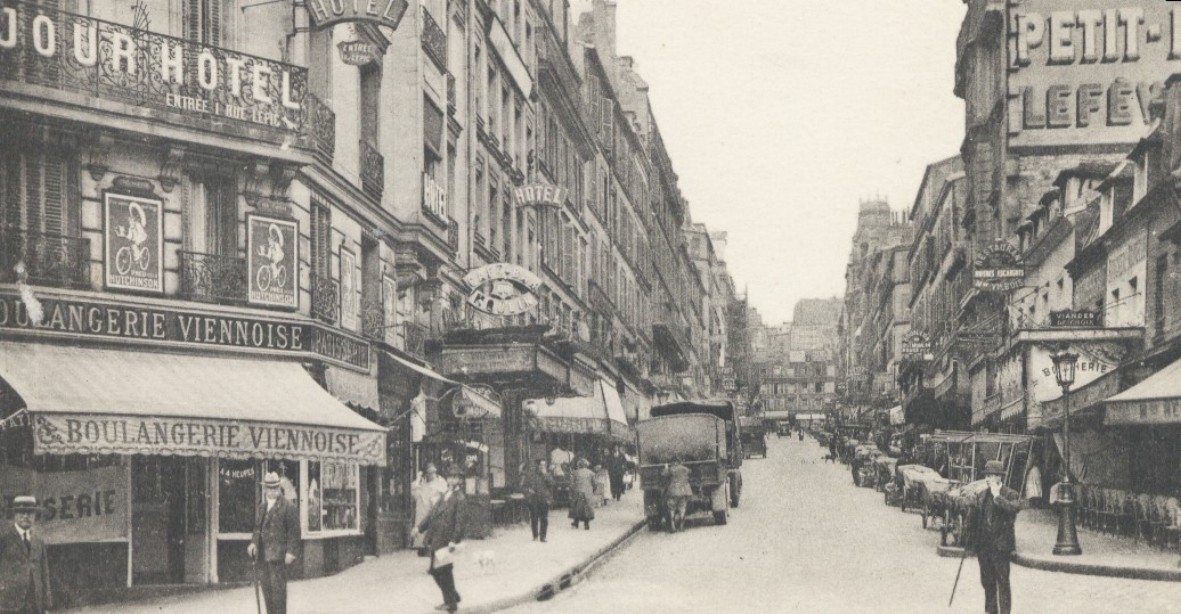|
Thomas Cotman
Thomas William Cotman (1847, Bermondsey – 30 October 1925 Felixstowe) was an English architect and painter active in Felixstowe. Family Thomas was born into the Cotman family of artists. His parents were Henry Edmund Cotman (1802–1871), formerly a Norwich silk merchant and his wife Maria Taylor (1813–1895). His elder brother was Henry Edmund Cotman (1844–1914) also born in London, but his younger brother, Frederick George Cotman was born in Ipswich whither the family had moved. Architectural work Cotman was influenced by the Arts and Crafts Movement The Arts and Crafts movement was an international trend in the decorative and fine arts that developed earliest and most fully in the British Isles and subsequently spread across the British Empire and to the rest of Europe and America. Initiat ... and was responsible for a number of Arts and Crafts style buildings in Felixstowe. Gallery Grade II listed Buildings Ipss 204.jpg, Crown and Anchor, westgate Street, Ipswic ... [...More Info...] [...Related Items...] OR: [Wikipedia] [Google] [Baidu] |
Bermondsey
Bermondsey ( ) is a district in southeast London, part of the London Borough of Southwark, England, southeast of Charing Cross. To the west of Bermondsey lies Southwark, to the east Rotherhithe and Deptford, to the south Walworth and Peckham, and to the north is Wapping across the River Thames. It lies within the historic county boundaries of Surrey. During the Industrial Revolution Bermondsey became a centre for manufacturing, particularly in relation to tanning. More recently it has experienced regeneration including Loft, warehouse conversions to flats and the provision of new transport links. History Toponymy Bermondsey may be understood to mean ''Beornmund''s island; but, while ''Beornmund'' represents an Old English language, Old English personal name, identifying an individual once associated with the place, the element "-ey" represents Old English ''eg'', for "island", "piece of firm land in a fen", or simply a "place by a stream or river". Thus Bermondsey need n ... [...More Info...] [...Related Items...] OR: [Wikipedia] [Google] [Baidu] |
Felixstowe
Felixstowe ( ) is a port town and civil parish in the East Suffolk District, East Suffolk district, in the county of Suffolk, England. The estimated population in 2017 was 24,521. The Port of Felixstowe is the largest Containerization, container port in the United Kingdom. Felixstowe is approximately northeast of London. History There are competing theories as to how the name of Felixstowe arose. One is that the town is named after Felix of Burgundy, a saint and the first bishop of the East Angles in the seventh century, although this is unlikely as the name Felixstowe is not recorded for almost 900 years. An alternative etymology is from the Anglo-Saxon or Old English name "Filicia" and "stōw", meaning a place of location. Literally Filicia's place. The earliest recorded names "Filchestou" from 1254, and "Filchestowe" in 1291 support this idea. It is possible that the later reworking of Filicia/Filche was made with the intention of referencing Felix of Burgundy. The old Feli ... [...More Info...] [...Related Items...] OR: [Wikipedia] [Google] [Baidu] |
English People
The English people are an ethnic group and nation native to England, who speak the English language in England, English language, a West Germanic languages, West Germanic language, and share a common ancestry, history, and culture. The English identity began with the History of Anglo-Saxon England, Anglo-Saxons, when they were known as the , meaning "Angle kin" or "English people". Their ethnonym is derived from the Angles (tribe), Angles, one of the Germanic peoples who invaded Great Britain, Britain around the 5th century AD. The English largely descend from two main historical population groups: the West Germanic tribes, including the Angles, Saxons, and Jutes who settled in England and Wales, Southern Britain following the withdrawal of the Ancient Rome, Romans, and the Romano-British culture, partially Romanised Celtic Britons who already lived there.Martiniano, R., Caffell, A., Holst, M. et al. "Genomic signals of migration and continuity in Britain before the Anglo-Sa ... [...More Info...] [...Related Items...] OR: [Wikipedia] [Google] [Baidu] |
Norwich
Norwich () is a cathedral city and district of the county of Norfolk, England, of which it is the county town. It lies by the River Wensum, about north-east of London, north of Ipswich and east of Peterborough. The population of the Norwich City Council local authority area was estimated to be 144,000 in 2021, which was an increase from 143,135 in 2019. The wider Norwich List of urban areas in the United Kingdom, built-up area had a population of 213,166 at the 2011 census. As the seat of the Episcopal see, See of Norwich, the city has one of the country's largest medieval cathedrals. For much of the second millennium, from medieval to just before Industrial Revolution, industrial times, Norwich was one of the most prosperous and largest towns of England; at one point, it was List of towns and cities in England by historical population, second only to London. Today, it is the largest settlement in East Anglia. Heritage and status Norwich claims to be the most complete medie ... [...More Info...] [...Related Items...] OR: [Wikipedia] [Google] [Baidu] |
Silk
Silk is a natural fiber, natural protein fiber, some forms of which can be weaving, woven into textiles. The protein fiber of silk is composed mainly of fibroin and is most commonly produced by certain insect larvae to form cocoon (silk), cocoons. The best-known silk is obtained from the cocoons of the larvae of the mulberry silkworm ''Bombyx mori'' reared in captivity (sericulture). The shimmering appearance of silk is due to the triangular Prism (optics), prism-like structure of the silk fibre, which allows silk cloth to refract incoming light at different angles, thus producing different colors. Harvested silk is produced by several insects; but, generally, only the silk of various moth caterpillars has been used for textile manufacturing. There has been some research into other types of silk, which differ at the molecular level. Silk is mainly produced by the larvae of insects undergoing holometabolism, complete metamorphosis, but some insects, such as webspinners and Gr ... [...More Info...] [...Related Items...] OR: [Wikipedia] [Google] [Baidu] |
Frederick George Cotman
Frederick George Cotman (Ipswich 14 August 1850 – 16 July 1920) was a British painter of landscapes, portraits and interiors and a member of the Norwich School of painters. Life Frederick was born into the Cotman family of artists. His parents were Henry Edmund Cotman (1802–1871), formerly a Norwich silk merchant and his wife Maria Taylor (1813–1895). His elder brothers, Henry Edmund Cotman (1844–1914), and Thomas Cotman (1847–1925) were born in London before the family moved to Ipswich. Frederick was born at 186 Wykes Bishop Street, Ipswich in 1850 and was the youngest child of the family He was the nephew of John Sell Cotman and the cousin of John Joseph Cotman and Miles Edmund Cotman. He was a private pupil of William Thomson Griffiths, the Head of Ipswich School of Art.Walpole, ''Art and Artists of the Norwich School'', p.107-8. Cotman links with the Norwich School of painters arise mainly because of his family connection with John Sell Cotman, who was one ... [...More Info...] [...Related Items...] OR: [Wikipedia] [Google] [Baidu] |
Ipswich
Ipswich () is a port town and Borough status in the United Kingdom, borough in Suffolk, England. It is the county town, and largest in Suffolk, followed by Lowestoft and Bury St Edmunds, and the third-largest population centre in East Anglia, after Peterborough and Norwich. It is northeast of London and in 2011 had a population of 144,957. The Ipswich built-up area is the fourth-largest in the East of England and the 42nd-largest in England and Wales. It includes the towns and villages of Kesgrave, Woodbridge, Suffolk, Woodbridge, Bramford and Martlesham Heath. Ipswich was first recorded during the medieval period as ''Gippeswic'', the town has also been recorded as ''Gyppewicus'' and ''Yppswyche''. It has been continuously inhabited since the Anglo-Saxon settlement of Britain, Saxon period, and is believed to be one of the Oldest town in Britain, oldest towns in the United Kingdom.Hills, Catherine"England's Oldest Town" Retrieved 2 August 2015. The settlement was of great eco ... [...More Info...] [...Related Items...] OR: [Wikipedia] [Google] [Baidu] |
Arts And Crafts Movement
The Arts and Crafts movement was an international trend in the decorative and fine arts that developed earliest and most fully in the British Isles and subsequently spread across the British Empire and to the rest of Europe and America. Initiated in reaction against the perceived impoverishment of the decorative arts and the conditions in which they were produced, the movement flourished in Europe and North America between about 1880 and 1920. Some consider that it is the root of the Modern Style, a British expression of what later came to be called the Art Nouveau movement. Others consider that it is the incarnation of Art Nouveau in England. Others consider Art and Crafts to be in opposition to Art Nouveau. Arts and Crafts indeed criticized Art Nouveau for its use of industrial materials such as iron. In Japan, it emerged in the 1920s as the Mingei movement. It stood for traditional craftsmanship, and often used medieval, romantic, or folk styles of decoration. It advoca ... [...More Info...] [...Related Items...] OR: [Wikipedia] [Google] [Baidu] |
1847 Births
Events January–March * January 4 – Samuel Colt sells his first revolver pistol to the U.S. government. * January 13 – The Treaty of Cahuenga ends fighting in the Mexican–American War in California. * January 16 – John C. Frémont is appointed Governor of the new California Territory. * January 17 – St. Anthony Hall fraternity is founded at Columbia University, New York City. * January 30 – Yerba Buena, California, is renamed San Francisco. * February 5 – A rescue effort, called the First Relief, leaves Johnson's Ranch to save the ill-fated Donner Party of California-bound migrants who became snowbound in the Sierra Nevada earlier this winter. Some have resorted to survival by cannibalism. * February 22 – Mexican–American War: Battle of Buena Vista – 5,000 American troops under General Zachary Taylor use their superiority in artillery to drive off 15,000 Mexican troops under Antonio López de Santa Anna, defeating the Mexicans the next day. * Febr ... [...More Info...] [...Related Items...] OR: [Wikipedia] [Google] [Baidu] |
1925 Deaths
Events January * January 1 – The Syrian Federation is officially dissolved, the State of Aleppo and the State of Damascus having been replaced by the State of Syria (1925–1930), State of Syria. * January 3 – Benito Mussolini makes a pivotal speech in the Italian Chamber of Deputies (Italy), Chamber of Deputies which will be regarded by historians as the beginning of his dictatorship. * January 5 – Nellie Tayloe Ross becomes the first female governor (Wyoming) in the United States. Twelve days later, Ma Ferguson becomes first female governor of Texas. * January 25 – Hjalmar Branting resigns as Prime Minister of Sweden because of ill health, and is replaced by the minister of trade, Rickard Sandler. * January 27–February 1 – The 1925 serum run to Nome (the "Great Race of Mercy") relays diphtheria antitoxin by dog sled across the U.S. Territory of Alaska to combat an epidemic. February * February 25 – Art Gillham records (for Columbia Re ... [...More Info...] [...Related Items...] OR: [Wikipedia] [Google] [Baidu] |
People From Bermondsey
The term "the people" refers to the public or common mass of people of a polity. As such it is a concept of human rights law, international law as well as constitutional law, particularly used for claims of popular sovereignty. In contrast, a people is any plurality of persons considered as a whole. Used in politics and law, the term "a people" refers to the collective or community of an ethnic group or nation. Concepts Legal Chapter One, Article One of the Charter of the United Nations states that "peoples" have the right to self-determination. Though the mere status as peoples and the right to self-determination, as for example in the case of Indigenous peoples (''peoples'', as in all groups of indigenous people, not merely all indigenous persons as in ''indigenous people''), does not automatically provide for independent sovereignty and therefore secession. Indeed, judge Ivor Jennings identified the inherent problems in the right of "peoples" to self-determination, as i ... [...More Info...] [...Related Items...] OR: [Wikipedia] [Google] [Baidu] |
19th-century English Architects
The 19th century began on 1 January 1801 (represented by the Roman numerals MDCCCI), and ended on 31 December 1900 (MCM). It was the 9th century of the 2nd millennium. It was characterized by vast social upheaval. Slavery was Abolitionism, abolished in much of Europe and the Americas. The First Industrial Revolution, though it began in the late 18th century, expanded beyond its British homeland for the first time during the 19th century, particularly remaking the economies and societies of the Low Countries, France, the Rhineland, Northern Italy, and the Northeastern United States. A few decades later, the Second Industrial Revolution led to ever more massive urbanization and much higher levels of productivity, profit, and prosperity, a pattern that continued into the 20th century. The Catholic Church, in response to the growing influence and power of modernism, secularism and materialism, formed the First Vatican Council in the late 19th century to deal with such problems an ... [...More Info...] [...Related Items...] OR: [Wikipedia] [Google] [Baidu] |










